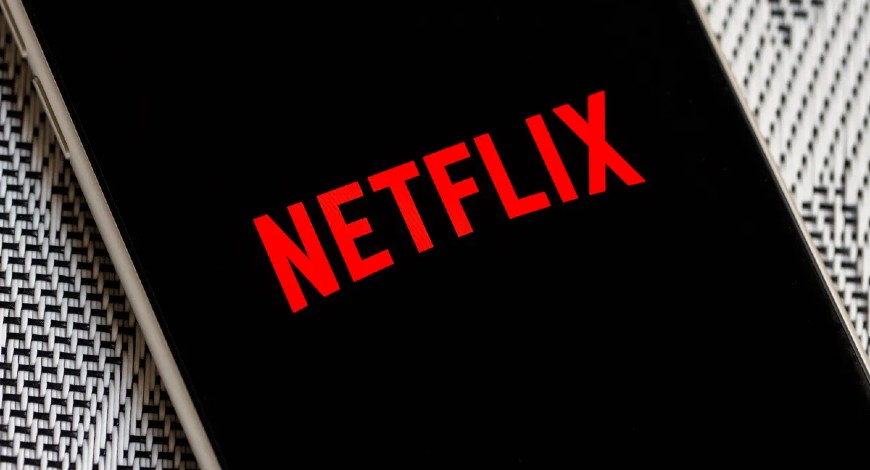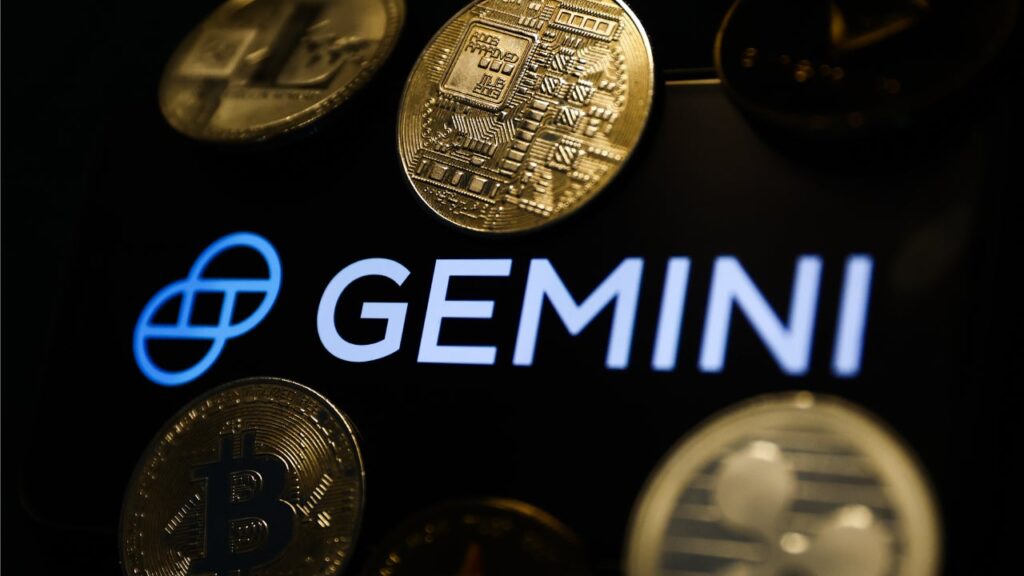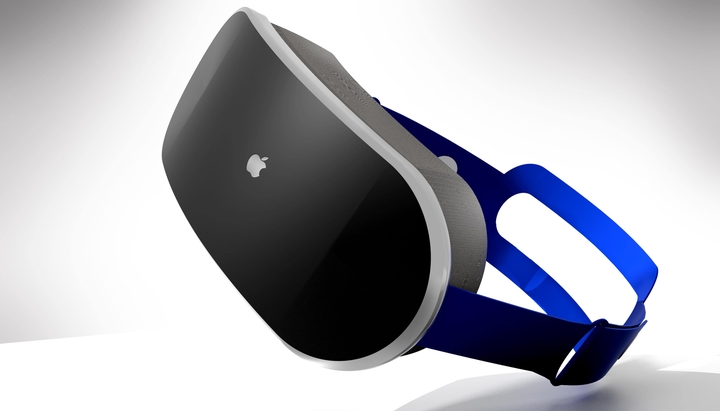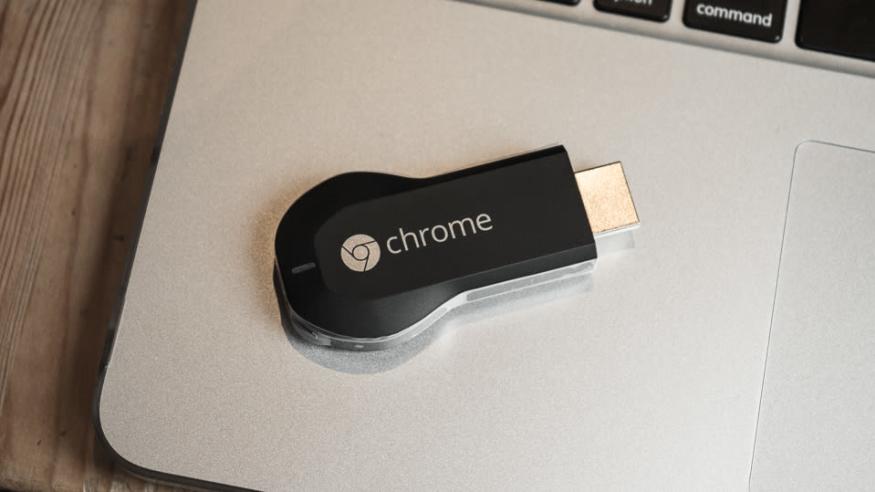Netflix shareholders withhold support for executive pay package
In a non-binding vote on Thursday, Netflix Inc. (NFLX.O) shareholders decided not to endorse the company’s CEO pay package in response to a plea by Hollywood writers on strike to reject the proposed 2023 remuneration.
The Writers Guild of America West argued that such a vote would be “inappropriate” during the strike, which is now in its fifth week, and urged investors to vote against the remuneration package proposed to Netflix’s top executives.

Meredith Stiehm, president of the Writers Guild West, wrote: “Investors have long objected to Netflix’s executive pay, but the compensation structure is more egregious in light of the strike.”
Similar correspondence was submitted by the union to Comcast Corp., the parent company of NBCUniversal, which will conduct its annual shareholder meeting on June 7.
Also Read: Crypto exchange Gemini to soon operate in the UAE
According to Stiehm, if Netflix had the money to pay its top executives more than $166 million in salary last year, it could afford to pay authors who are looking for greater pay $68 million annually.
In a non-binding “say on pay” vote, Netflix shareholders declined to accept the CEO remuneration structure for 2023. The voting results, according to the firm, will be disclosed in a regulatory filing. Just 27% of the shareholder votes cast last year supported the company’s executive compensation plan.
Following the vote from the previous year, Netflix claimed to have made adjustments, such as implementing a wage cap for its co-chief executives and a performance-based bonus program. Executive Chairman Reed Hastings will make $500,000 in salary and $2.5 million in stock this year. CEOs Ted Sarandos and Greg Peters will share a $3 million yearly pay.
Sarandos is entitled to a bonus of up to $17 million and an extra $20 million in stock. Peters will receive up to $14.3 million in bonus money in addition to $17.3 million in shares. Executive salary for Hollywood executives is a point of discussion in negotiations, according to the union.
The top 10 pay packages given to CEOs of publicly traded firms in Equilar’s 2022 research included Endeavour CEO Ari Emanuel and Warner Bros Discovery CEO David Zaslav.
In an effort to get the media corporations back to the negotiating table, the union has been exerting pressure on them. The standoff over better pay, residuals, and working conditions caused contract negotiations to cease on May 1st. An additional difficulty is the application of artificial intelligence.
The Directors Guild’s current contract expires on June 30, and negotiations with the Alliance of Motion Picture and Television Producers, which is representing streamers like Netflix and the studios in those talks, are presently underway. On June 7, negotiations with the actors’ union SAG-AFTRA will start.

I am a law graduate from NLU Lucknow. I have a flair for creative writing and hence in my free time work as a freelance content writer.





